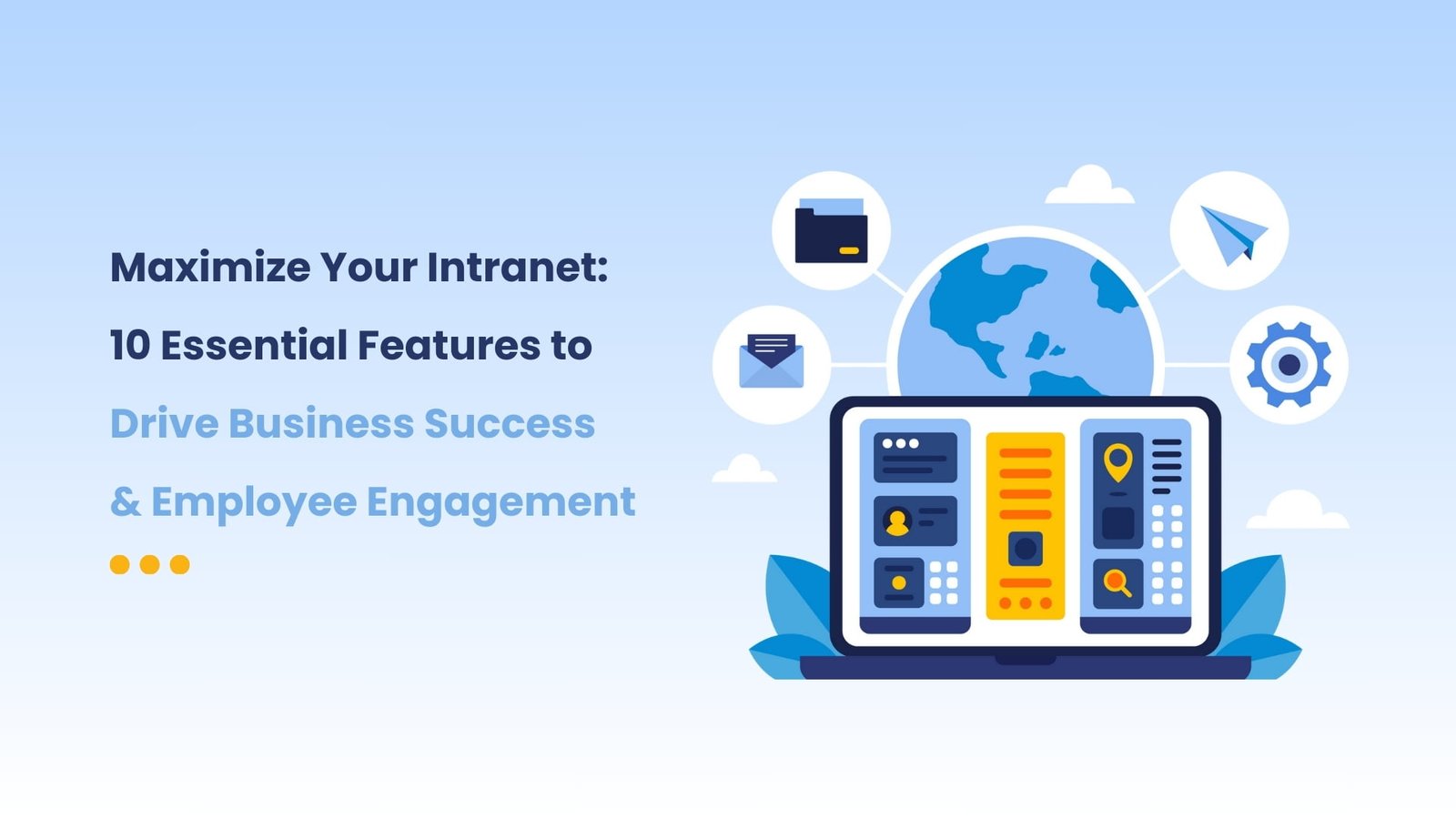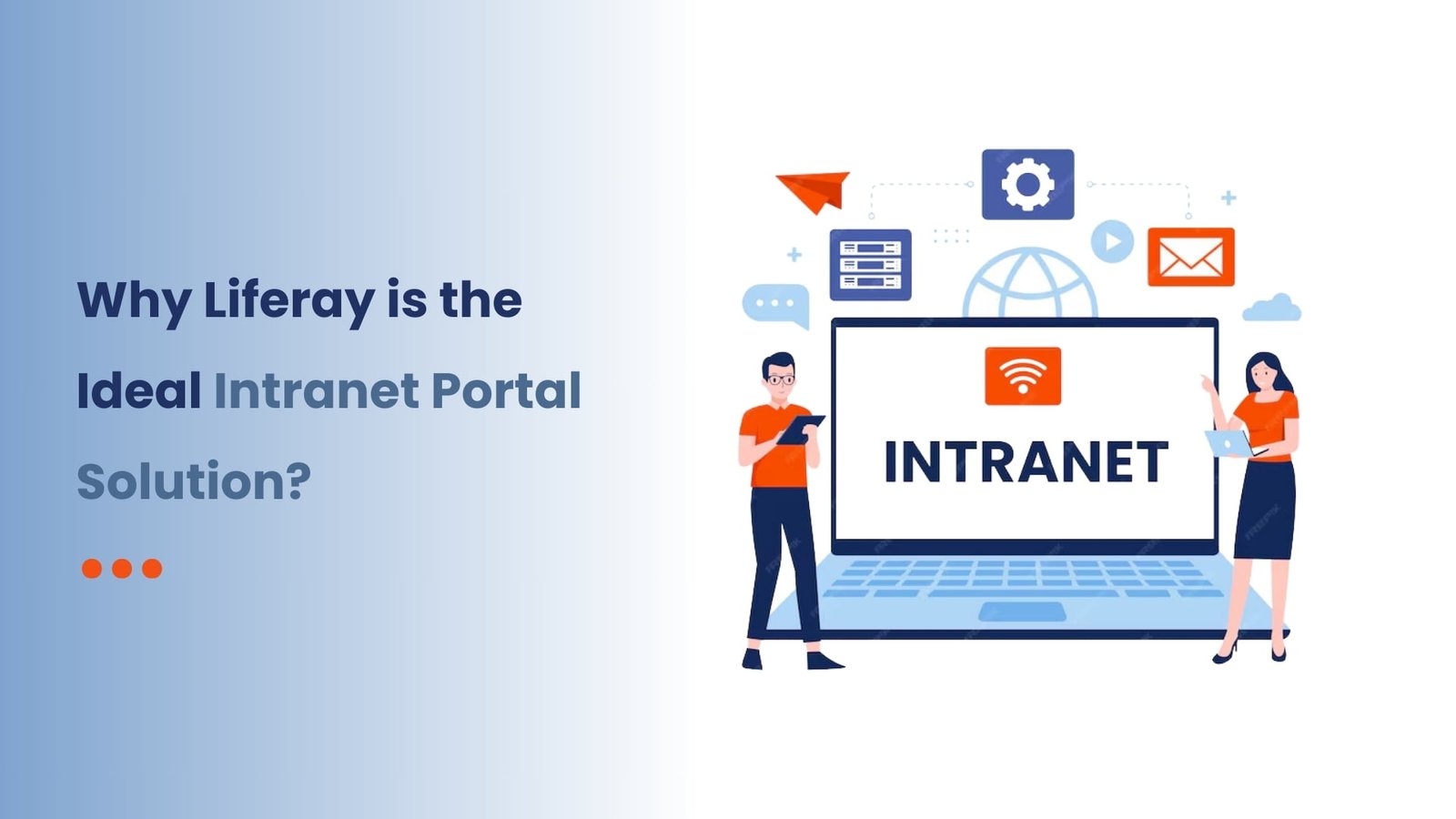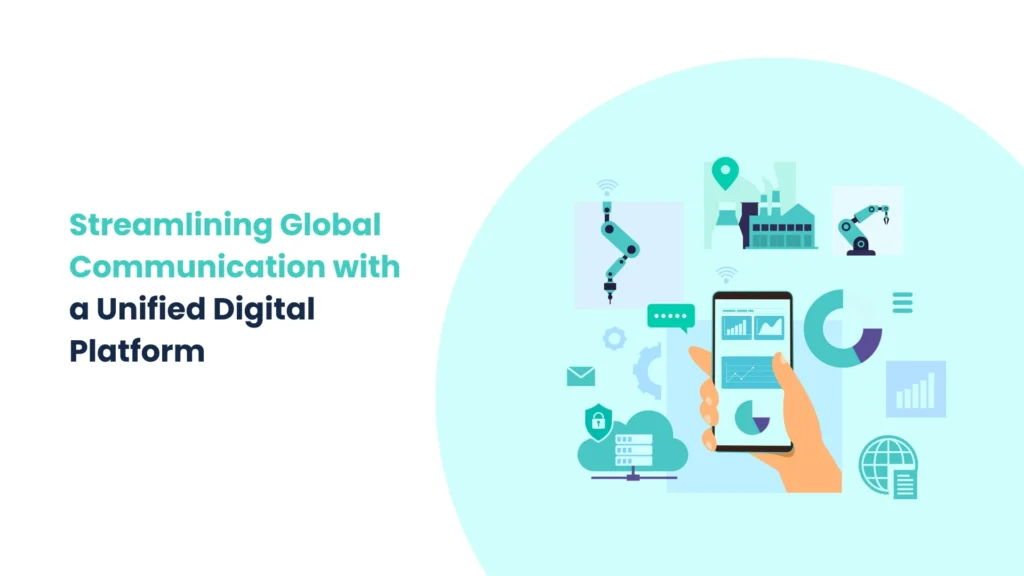Introduction
Businesses need secure solutions to protect sensitive data and ensure smooth communication. Intranet portal solutions offer robust security features like access control, data encryption, and monitoring to protect sensitive information. Discover how these portals can enhance your enterprise’s security and efficiency.
1. Centralized Access Control
- User Authentication
Intranet portals require user authentication before accessing information. This typically involves logging in with a username and password, with many organizations enhancing security further by implementing protocols like SAML, OAuth2, and Multi-Factor Authentication (MFA), which adds an extra layer of security by requiring additional verification steps. - Granular Permissions
Intranet portals allow administrators to set precise access permissions based on user roles. This ensures that sensitive information is accessible only to authorized personnel, reducing the risk of unauthorized access and maintaining data confidentiality.
2. Data Encryption
- Encryption in Transit and at Rest
To protect data integrity and confidentiality, intranet solutions employ encryption protocols such as TLS (Transport Layer Security). This encryption safeguards data during transmission over networks, preventing interception by malicious actors. Additionally, data stored within the intranet is often encrypted at rest, ensuring that even if unauthorized access occurs, the data remains unreadable without the correct decryption keys. - Secure File Storage
Centralizing document storage within the intranet allows businesses to implement robust security measures. Access controls, encryption, and secure backup solutions can be integrated to protect sensitive files from breaches or data loss. This centralized approach not only enhances security but also simplifies the management of documents and data.
3. Regular Security Audits and Updates
- Vulnerability Assessments
Conducting regular security audits is essential for identifying potential vulnerabilities within the intranet system. These assessments involve testing the system for weaknesses and evaluating the effectiveness of current security measures. By proactively addressing identified issues, organizations can mitigate risks before they can be exploited by attackers. - Software Updates
Keeping the intranet software and its underlying infrastructure up to date is vital for maintaining security. Regular updates and patches help protect against known vulnerabilities, ensuring that the system is fortified against emerging threats. Organizations should establish a routine for monitoring and applying updates to safeguard their intranet environment.
4. Monitoring and Reporting
- User Activity Monitoring
Intranet solutions often come equipped with monitoring tools that track user activity across the platform. This monitoring capability allows organizations to detect any suspicious behavior or anomalies that may indicate a security threat. For example, unusual login attempts or access to restricted areas can trigger alerts, enabling swift investigation and response. - Audit Trails
Maintaining comprehensive logs of user actions within the intranet creates a clear audit trail. These logs can be invaluable for investigating security incidents, as they provide detailed records of who accessed what information and when. In the event of a breach, having this data readily available can expedite the response process and help identify the source of the issue.
5. Integration with Security Tools
- Cloud Access Security Brokers (CASB)
Integrating CASB solutions with intranet portals can extend security controls to cloud applications. This integration provides additional layers of protection for data accessed through the intranet, ensuring that sensitive information is safeguarded, regardless of where it is stored or accessed. - Enterprise Browsers
Utilizing enterprise browsers can help manage privileged access and prevent data loss. These browsers can restrict downloads and control how data is accessed and shared, further enhancing security measures within the organization.
6. Compliance with Regulations
- Data Protection Compliance
Intranet portals can be designed to comply with various data protection regulations, such as the General Data Protection Regulation (GDPR) or the Health Insurance Portability and Accountability Act (HIPAA). By adhering to these legal requirements, organizations can ensure that sensitive information is handled appropriately, reducing the risk of legal repercussions and reputational damage. - Policy Enforcement
Organizations can implement and enforce security policies through the intranet platform. This includes guidelines for data handling, password management, and acceptable use policies. By establishing clear policies and ensuring that all employees are aware of them, businesses can foster a culture of security awareness and compliance.
7. Employee Training and Awareness
- Security Best Practices Training
Educating employees about security protocols and best practices is essential for an effective security strategy. Regular training sessions should cover topics like password management, recognizing phishing attempts, and secure data handling. Interactive methods, such as simulations, can improve engagement and retention, making training more effective - Encouraging Reporting
Creating a culture where employees feel comfortable reporting suspicious activity is vital for maintaining a robust security posture. Organizations should establish clear channels for reporting incidents, such as anonymous hotlines or integrated tools within the intranet. Recognizing employees who report potential threats can motivate staff to remain vigilant and proactive.
Conclusion
Intranet portals are essential for securing your business in the digital age. With robust features like data security, efficient authentication, and compliance, these solutions protect your enterprise, enhance productivity, and ensure smooth operations.




